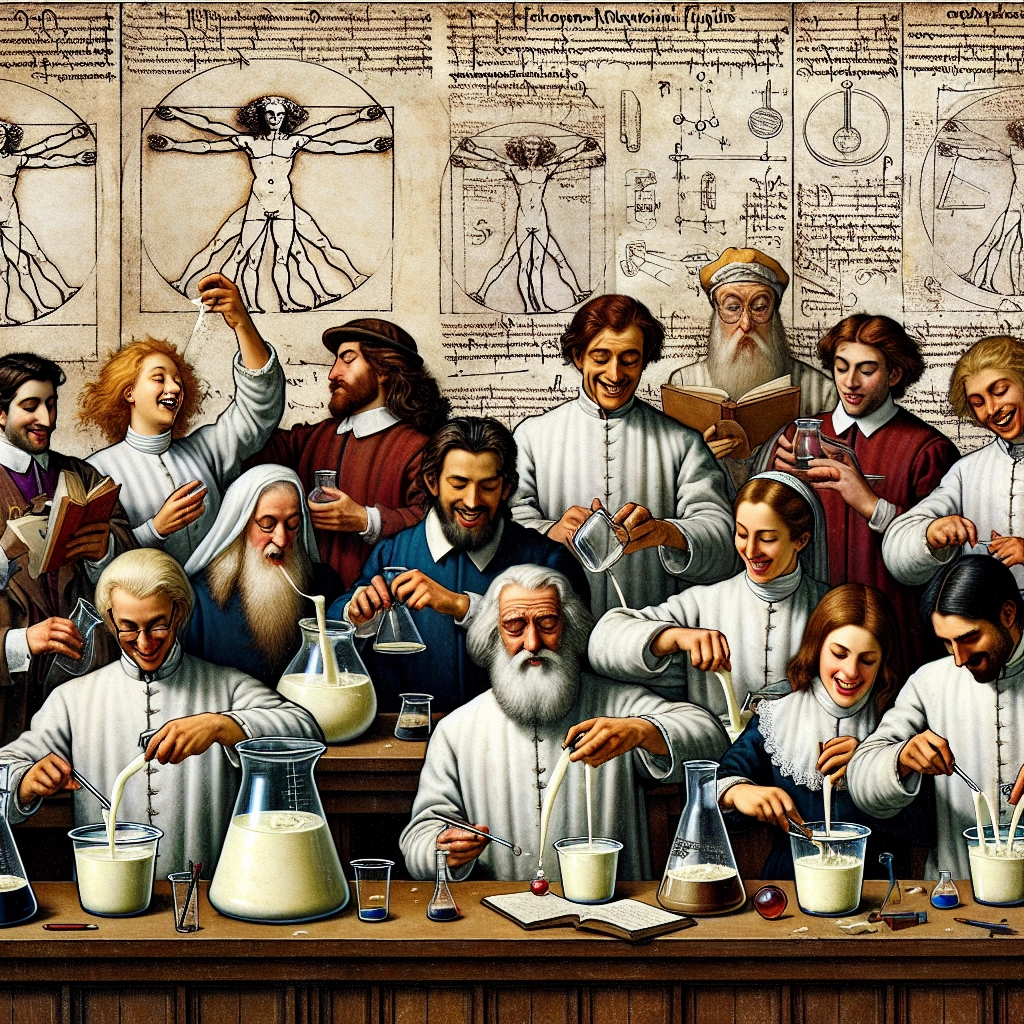
- Published on
- Authors

- Name
- ric de yuga 😄
🥳 Fun with Science: Exploring Non-Newtonian Fluids with Oobleck 🥳
Oobleck is a classic science experiment that introduces kids to the strange and wonderful world of non-Newtonian fluids. Named after a substance from a Dr. Seuss book, Oobleck behaves like both a solid and a liquid, depending on the force applied. This experiment is not only fun but also educational, offering a hands-on experience with some intriguing physical properties.
🔬 The Science Behind Oobleck 🔬
Oobleck is a non-Newtonian fluid, which means its viscosity (resistance to flow) changes under stress or force. Unlike Newtonian fluids (like water), which have a constant viscosity, non-Newtonian fluids like Oobleck can become more solid-like when subjected to pressure.
🌟 Key Concepts:
- Viscosity: A measure of a fluid's resistance to flow.
- Non-Newtonian Fluid: A fluid whose viscosity changes with applied stress or force.
- Shear Thickening: A property of some non-Newtonian fluids where they become more viscous (thicker) when agitated or stressed.
🧪 Materials Needed 🧪
- Cornstarch
- Water
- Food coloring (optional)
- Mixing bowl
- Spoon
📋 Detailed Steps to Make Oobleck 📋
Mix Cornstarch and Water:
- Measure 2 cups of cornstarch and place it in a mixing bowl.
- Add 1 cup of water to the bowl.
- Optionally, add a few drops of food coloring for a fun twist.
Combine Ingredients:
- Use a spoon to mix the cornstarch and water. The mixture will be difficult to stir at first.
- Continue mixing until the water is fully incorporated, and the consistency is smooth. It should feel solid when you apply pressure but flow like a liquid when you release it.
Test the Oobleck:
- Pick up a handful and squeeze it. Notice how it feels solid.
- Release the pressure and watch it flow through your fingers like a liquid.
- Try poking it quickly with your finger and then slowly. Observe the differences in how it reacts.
🎓 Teaching Kids About Oobleck 🎓
One-on-One Lesson:
- Introduction: Explain the concept of non-Newtonian fluids and how Oobleck is an example. Ask the child if they can think of other substances that might behave similarly.
- Hands-On Activity: Let the child measure and mix the ingredients. Encourage them to describe how the Oobleck feels and behaves.
- Discussion: Ask questions to prompt thinking, such as "Why do you think Oobleck behaves differently when you apply pressure?" or "What do you notice when you move your hand slowly through the Oobleck?"
Classroom Activity:
- Group Discussion: Start with a brief discussion about fluids and viscosity. Show a video or demonstration of Oobleck to grab their interest.
- Group Experiment: Divide the class into small groups. Provide each group with the materials needed to make Oobleck.
- Interactive Exploration: Once all groups have made their Oobleck, encourage them to test its properties. Assign different tasks, like making Oobleck dance on a speaker or testing it with various objects.
- Sharing Observations: Have each group share their observations and discuss the science behind what they experienced.
🏆 Best Practices for Performing the Experiment 🏆
One-on-One:
- Engagement: Keep the child engaged by asking questions and encouraging them to explore different ways to interact with the Oobleck.
- Safety: Ensure the child understands not to eat the Oobleck and to wash their hands thoroughly after the experiment.
Classroom Setting:
- Preparation: Prepare materials in advance and ensure each group has enough space to work comfortably.
- Supervision: Monitor the groups to ensure they stay on task and handle the materials safely.
- Clean-Up: Have a plan for clean-up, as Oobleck can be messy. Provide wipes or cloths for quick clean-ups and designate a disposal area for the used mixture.
🌟 Conclusion 🌟
Exploring the properties of Oobleck is a fantastic way to introduce kids to the wonders of non-Newtonian fluids. Whether you’re working one-on-one or with a group, this experiment is sure to be a hit. It's a great way to spark curiosity and excitement about science while providing a hands-on learning experience.
Stay tuned for our next fun science experiment!
